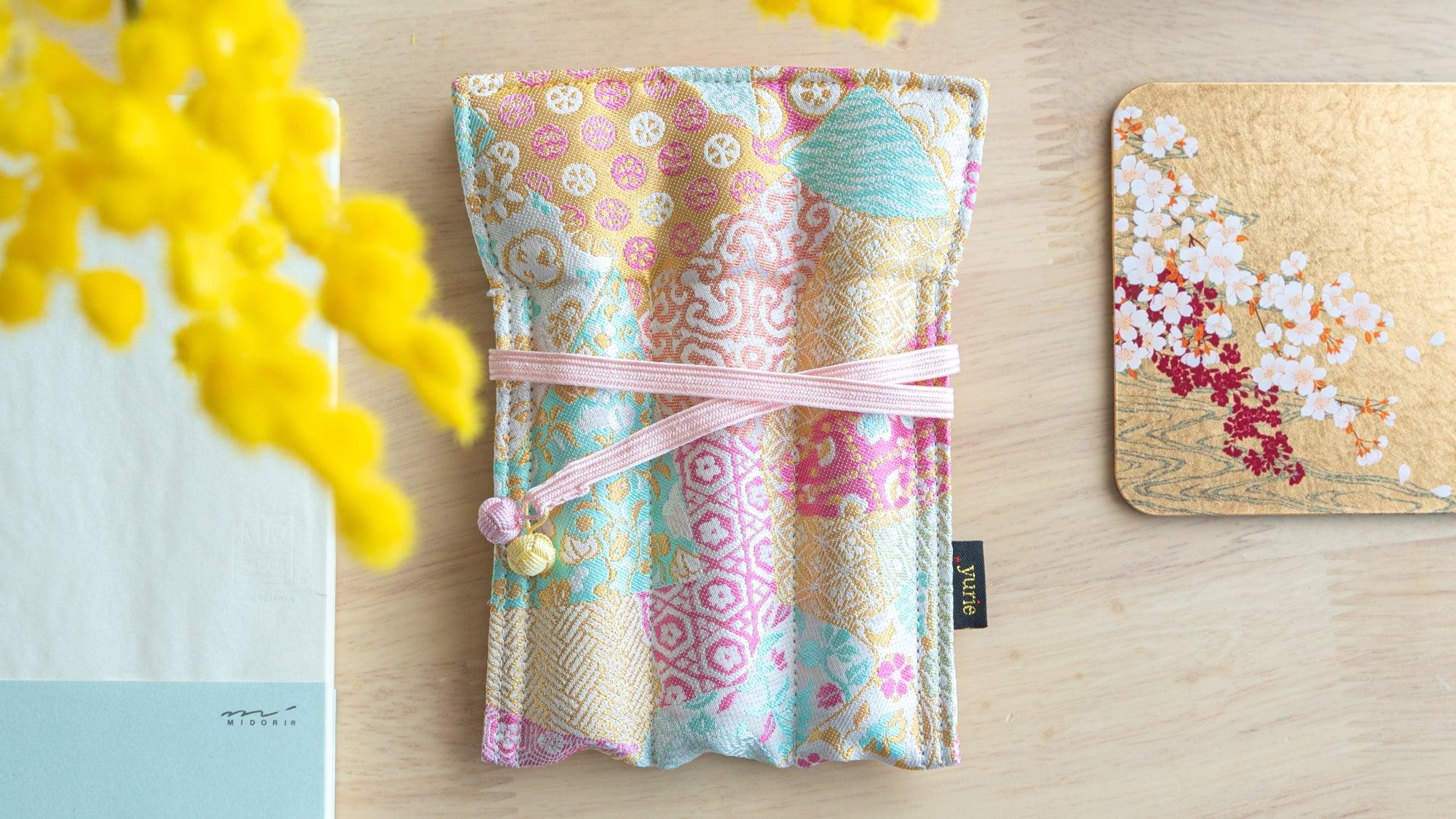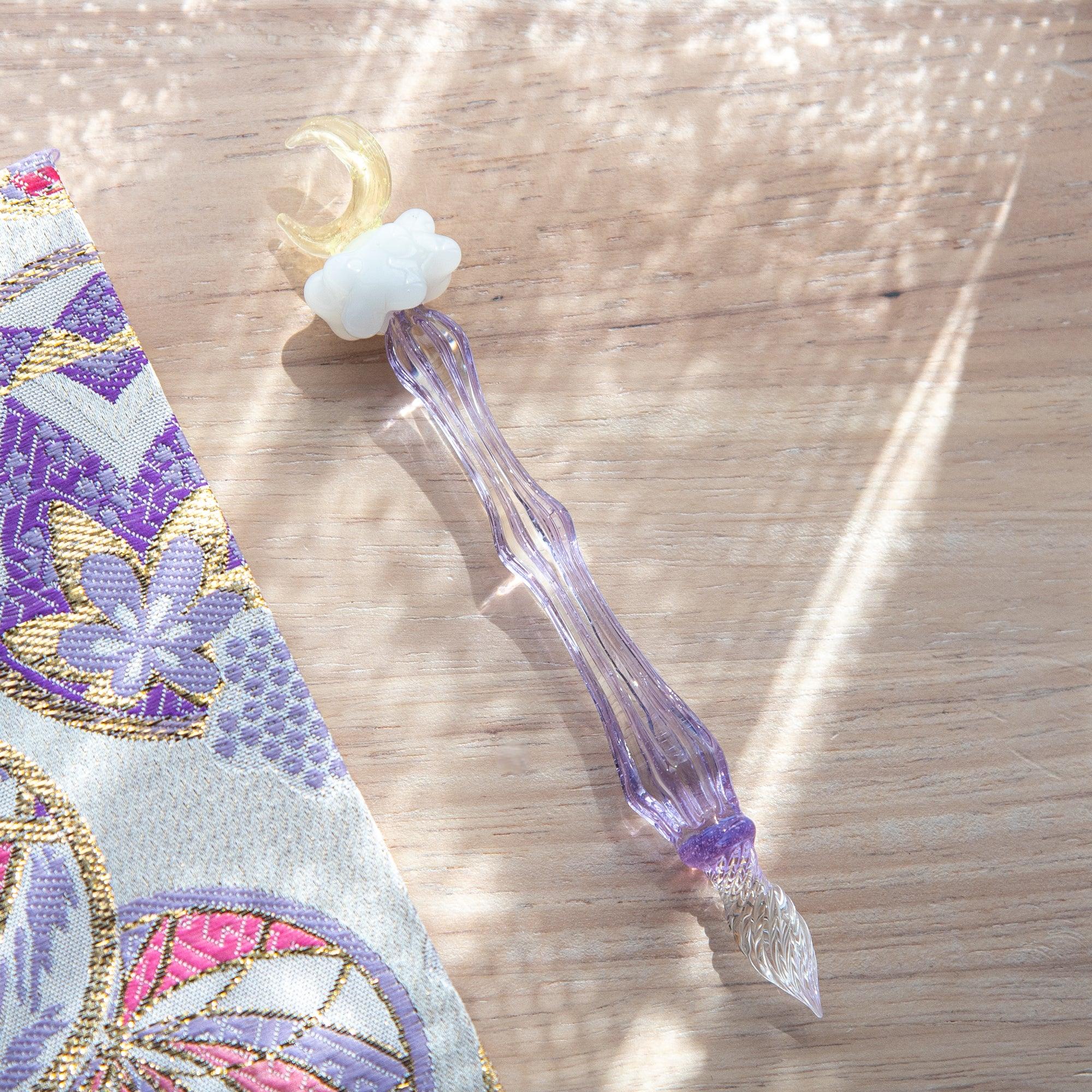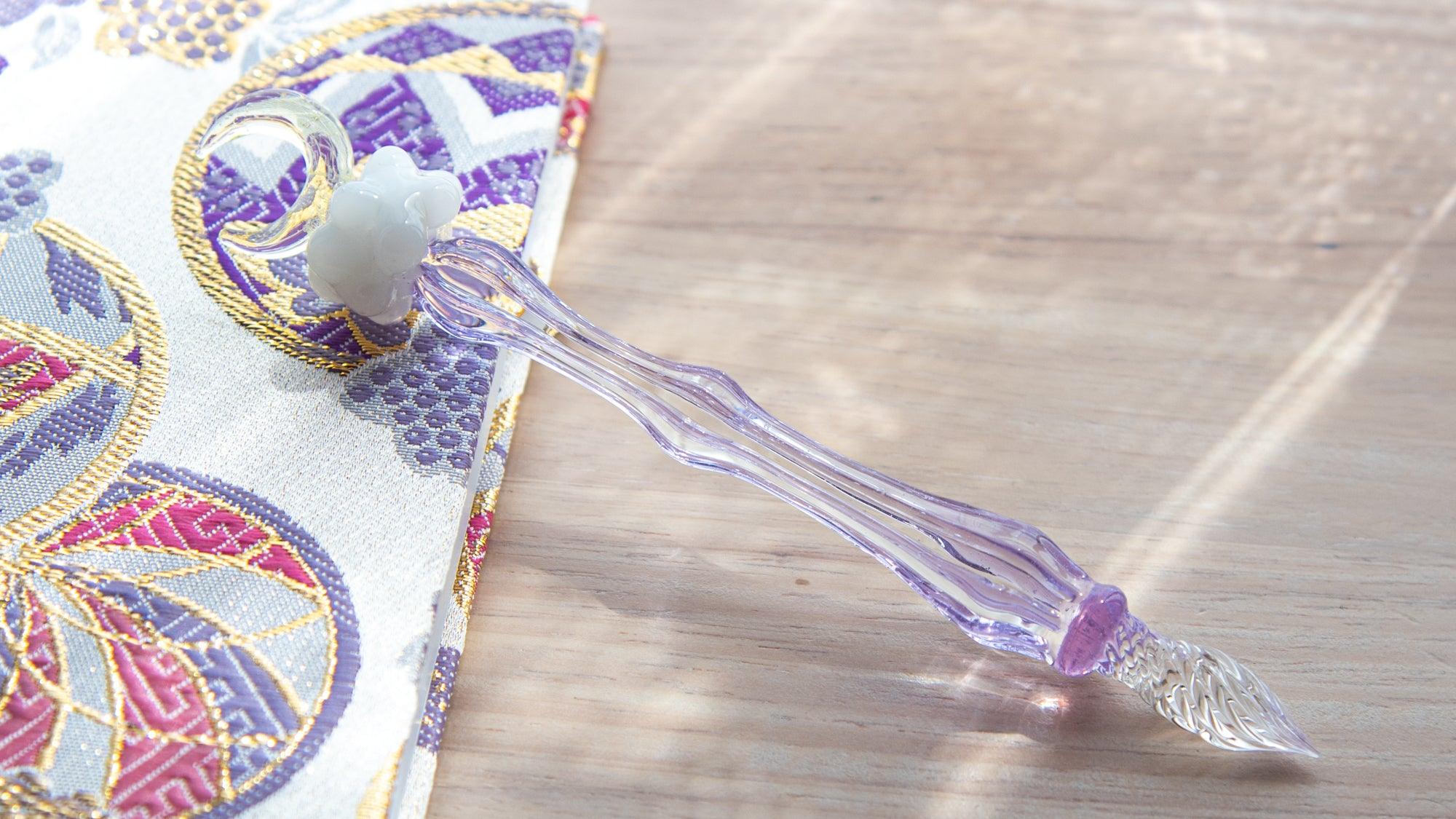
The Beauty Woven by Tradition and Encounters: Making of Silk Pen Case
Hello, this is Taka from Komorebi Stationery. It has been four months since I visited the ancient city of Kyoto in February to start the fountain pen case project, and I am truly delighted to finally introduce to you the three types of Nishijin silk pen cases made from pure silk.
When selecting products, I always consider whether they ignite a personal passion in me to preserve their tradition and craftsmanship for future generations. I also ensure that I can confidently introduce these products to those who cherish Komorebi. These pen cases hold a special place in my heart, and I would like to share the journey of how these pen cases came to be. Through this, I hope you feel as though you were part of this journey and develop a greater attachment to the pen cases.
Tap Here to see Nishijin Textile Silk Fountain Pen Case
Meeting yurie
Although I have been in the traditional crafts and cross-border e-commerce industry for a long time, I still have a lot to learn about stationery. I am fortunate to learn a lot by talking with friends who are very knowledgeable and passionate about it. I have great respect for the passion, sense, and knowledge of Andrew (@penfriends_uk), Trang (@k8ie_bloom), Dorienne (@doe1313), and Alex (@agoracy87), and I cannot thank them enough. It was Andrew who introduced me to yurie and her exquisite silk pen cases.
Upon discovering the existence of these beautiful silk fountain pen cases, I immediately contacted her and arranged to meet at a café in Tokyo. She enthusiastically shared her passion for spreading the beauty of Japanese traditions and the meticulous attention she puts into her products. Her genuine enjoyment and dedication to creating her works made me want to bring her creations to the world through Komorebi. I asked her to start production, but instead, she invited me to Kyoto...
Kyoto: 270 Years of Tradition and New Encounters

In February 2024, I was invited by yurie to visit Konkan Shoten(誉勘商店) in Kyoto, a company with a rich history that handles from designing to manufacturing Nishijin textiles. Trusting the sense of my wife and business partner, Sayuri, we visited Konkan Shoten together with our 2-year-old child. Nishijin textile, which developed after the introduction of sericulture and silk weaving techniques from China in the 5th and 6th centuries, refers to the textiles produced in the Nishijin area of Kyoto. It requires a high level of skill to create patterns by dyeing the threads first and then weaving them, and it is characterized by producing many varieties in small quantities. Konkan Shoten specializes in Kinran, which uses gold threads to create intricate patterns, and has been preserving this tradition for over 270 years, now in its 13th generation.
yurie buys authentic silk from them and turns it into pen cases, which is why she invited me to their new product announcement event. When I stepped into their office, a traditional Japanese house full of character, I was greeted by Yukio-san and Masami-san of Konkan Shoten. Yukio-san, the 13th-generation head of Konkan Shoten, and his wife Masami-san exuded a refined and traditional Kyoto atmosphere, whether due to their immense heritage or simply because I am not accustomed to speaking with such distinguished families.
The First Visit: Learning and Exploration

The fabric selection process began, but let me tell you first that we didn't have time to choose the fabrics because we were so engrossed in learning about their history, Nishijin textile, and the allure of silk. LOL Yukio-san and Masami-san passionately shared their knowledge and enthusiasm, making the experience enjoyable and causing us to lose track of time. They even brought out old books about silk and explained them, which made me overly excited. We hurriedly took photos and videos of the fabrics and left, promising to finalize our choices later.
The Second Visit: Choosing the Fabrics
The charm of pure silk lies not only in its soft touch but also in the fine threads and beautiful colors that capture and reflect light. Although I planned to create three types of pen cases, I couldn't fully grasp the appeal of the silk from the hasty photos and videos we took. So, just 16 days after my first visit, on March 8th, I joined yurie on her scheduled trip to Kyoto and visited Konkan Shoten again. Armed with the minimum knowledge I gained from the previous visit and additional research on YouTube, I stepped through the "誉"(kon) curtain once more.

This time, they brought out many fabrics from the shelves that we hadn't seen before, putting them back and taking them out again, revealing a treasure trove of silk varieties. I was constantly thrilled by the occasional discovery of amazing fabrics. With my wife's help through Messenger, I was able to choose three fabrics that I truly fell in love with.

The Allure of Pure Silk
As I mentioned briefly earlier, the charm of pure silk lies not only in its soft touch but also in the ability to create intricate patterns with high resolution, thanks to the fine threads and beautiful colors that capture and reflect light. For example, old photos with fewer pixels appear grainy. At Komorebi, we also sell reasonably priced notebooks woven with polyester, which are quite beautiful, but if you compare them closely with these pen cases, you'll see how fine and delicate the patterns are.

Nishijin Textile Notebooks
https://komorebistationery.com/collections/nishijin-textile-notebooks-morisan
Another fascinating feature of these characteristics is that they create interesting optical effects. For instance, the Twilight Blossom Nishijin Silk Pen Case appears purple, but no purple thread is used.

The combination of red warp threads and blue, aqua, and white weft threads creates a purple-like color to the human eye. This color shifts when viewed from different angles, showcasing a unique beauty that only fine, luminous silk can express. That's why I moved the fabrics around to see how they changed with light while selecting them.

The Completion of the Pen Cases: Stunning Beauty
After all this, the three types of pen cases were finally completed in June. I will never forget the excitement of holding them for the first time. These pen cases, which took so much time and knowledge to appreciate, are truly special. I believe that having a deep attachment to each piece of stationery, feeling a sense of uniqueness every time you use it, and being able to cherish it as a treasure for a long time enrich our desk time and life. I will continue to seek new encounters like this and introduce them to you.
Thank you for reading! Please enjoy the product descriptions inside the pen cases as well.




Leave a comment
This site is protected by hCaptcha and the hCaptcha Privacy Policy and Terms of Service apply.